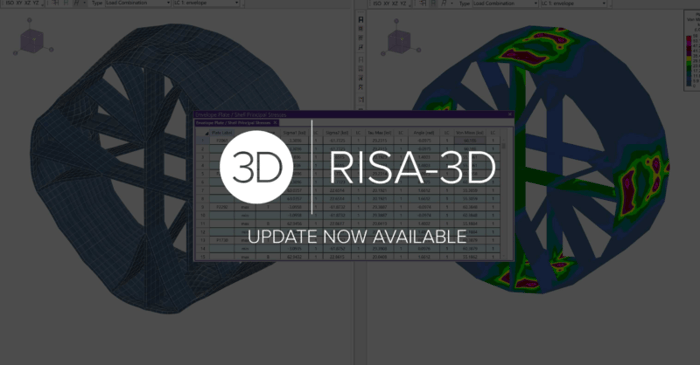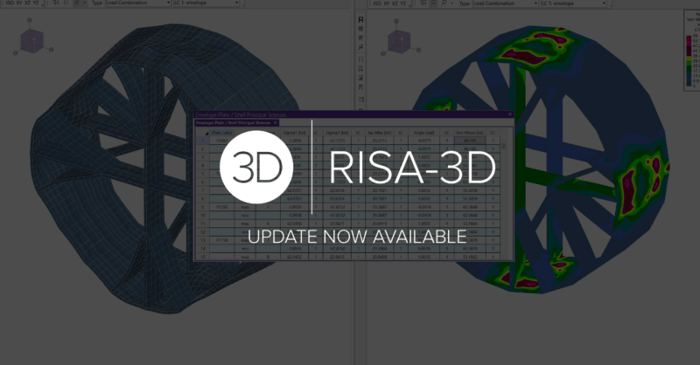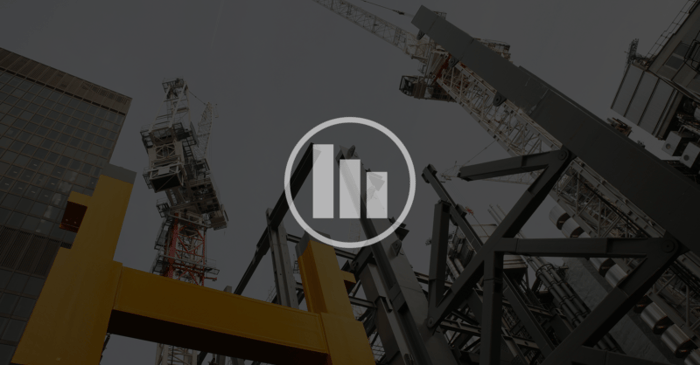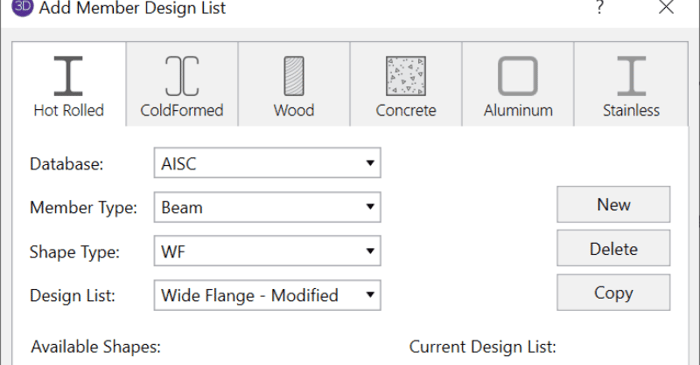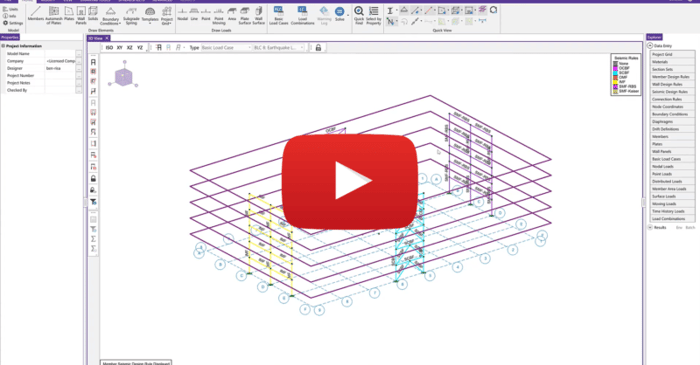
March 25, 2020
Seismic Design of Steel Structures in RISA-3D
RISA-3D includes the ability to design steel structures for seismic provisions found in AISC 341 and AISC 358 including moment frames and braced frames. For more information, review the video below.




